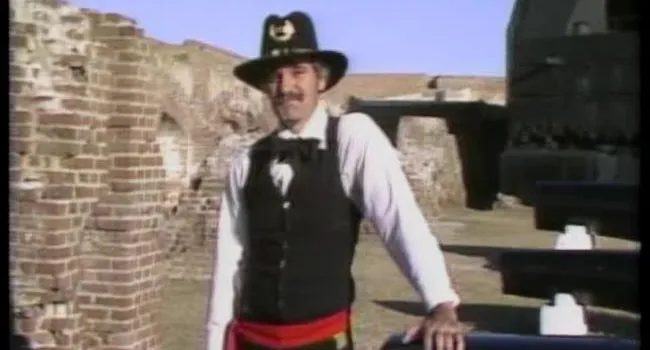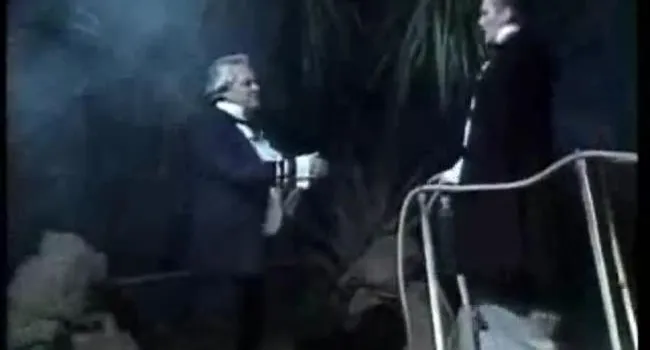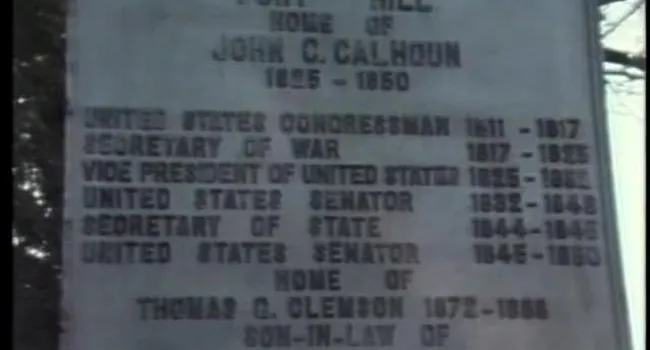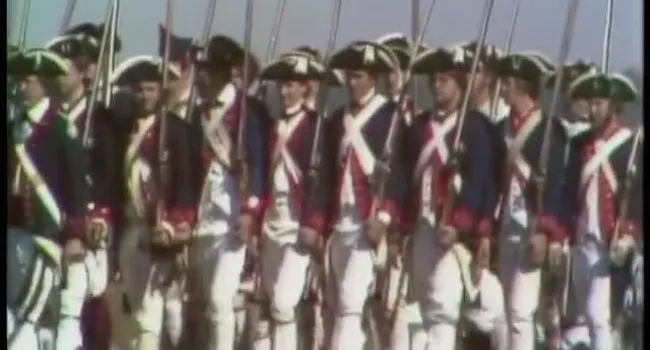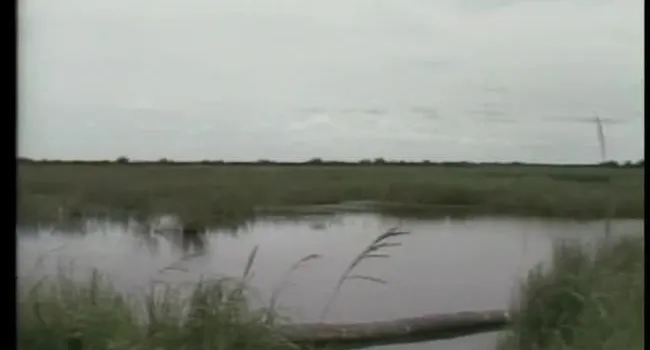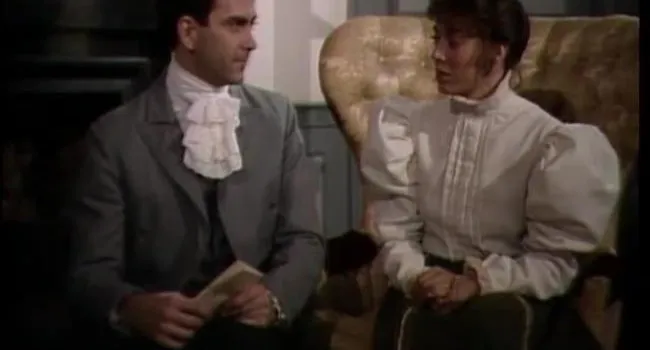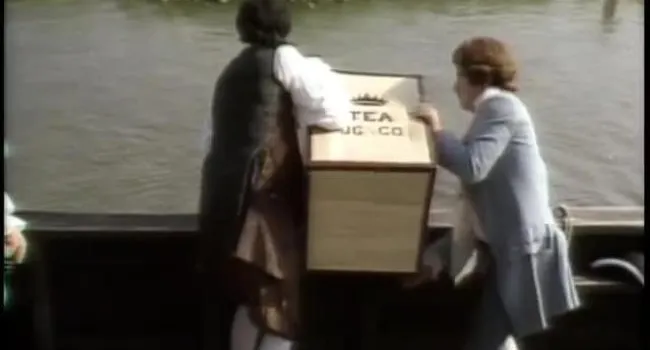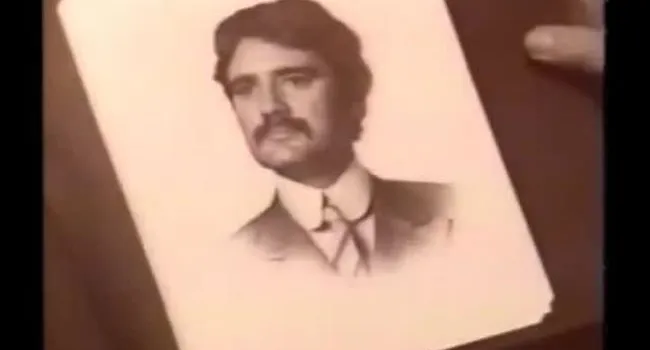The video location is at the Naval Polaris Missile Base in North Charleston. This is the largest submarine base on the east coast today. Learn about the sinking of the U.S.S. Housatonic by the Hunley. In addition, learn the tie between the Charleston Harbor being the site of the first submarine warfare and its submarine status during this program's production (1982).
REENACTMENT: After three tragic accidents in training, General Beauregard is reluctant to again assign duty to the Hunley; however, two Confederate officers, Lieutenants Dixon and Alexander, convinced the general to allow them to secure a new crew and continue trying to break the blockade. They trained several weeks. On the night of February 17, 7864, the Hunley departs from the creek side of Sullivan's Island, through Breech Inlet, and into the waters of the Atlantic. Their target is the wooden U.S.S. Housatonic anchored two and l/2 miles off shore. The Housatonic spots the Hunley's approach too late to take decisive action. She starts her engines and backs away but this causes the two ships to collide. An explosion occurs and the Housatonic sinks in 27 feet of water. All but five of her crew survived by climbing the rigging and awaiting rescue by a sister ship.
BACKGROUND: By the middle of 1863 the Union Naval blockade of the southern coast had seriously impaired the South's ability to conduct war. With the exception of an occasional successful blockade runner, trade between the Confederacy and foreign countries had become virtually nonexistent. If the South was to have any success in the war at this point, the blockade had to be broken.
In the summer of 1863, General P. G. T. Beauregard, Commander of the Confederate Military Forces in South Carolina and Georgia, learned of an experimental torpedo boat being developed in Mobile, Alabama. This craft was unusual in that it was designed to operate below the waters surface. It was hand-powered by a crew of seven or eight operating a crank inside which turned the propeller. Originally, the craft was to pull a torpedo behind it, go under an enemy craft and have the explosive strike and sink it. This proved to be too tricky a maneuver so the torpedo was attached to a spar that was fastened to the bow of the submarine. The idea then was to ram an enemy ship leaving the torpedo inside it, quickly back away and trigger a charge.
Named for its designer and benefactor, H. L. Hunley, the submarine conducted many successful trial maneuvers in and around Charleston Harbor Those successes, however, were marred by tragedies that cost a number of lives, eventually including H. L. Hunley himself.
The Hunley was discovered on May 3, 1995. Learn more from the Project Discovery episode - The H.L. Hunley Discovered.
Standards
- 4.4.CE Explain the effects of military strategies utilized by the Union and the Confederacy.
- This indicator was developed to encourage inquiry into the effects of military strategies to include but not limited to : wartime technologies, the Anaconda Plan, conscription, and Sherman's March to Sea.
- 8.3.CE Examine consequences of the major Civil War military strategies.
- This indicator was designed to encourage inquiry into the Civil War focusing on the impacts of military strategies and major turning points on South Carolina and the U.S.
Resources
You need to be logged in to listen to view this content. Create an account now; it's quick, easy, and free!
Log In to View










